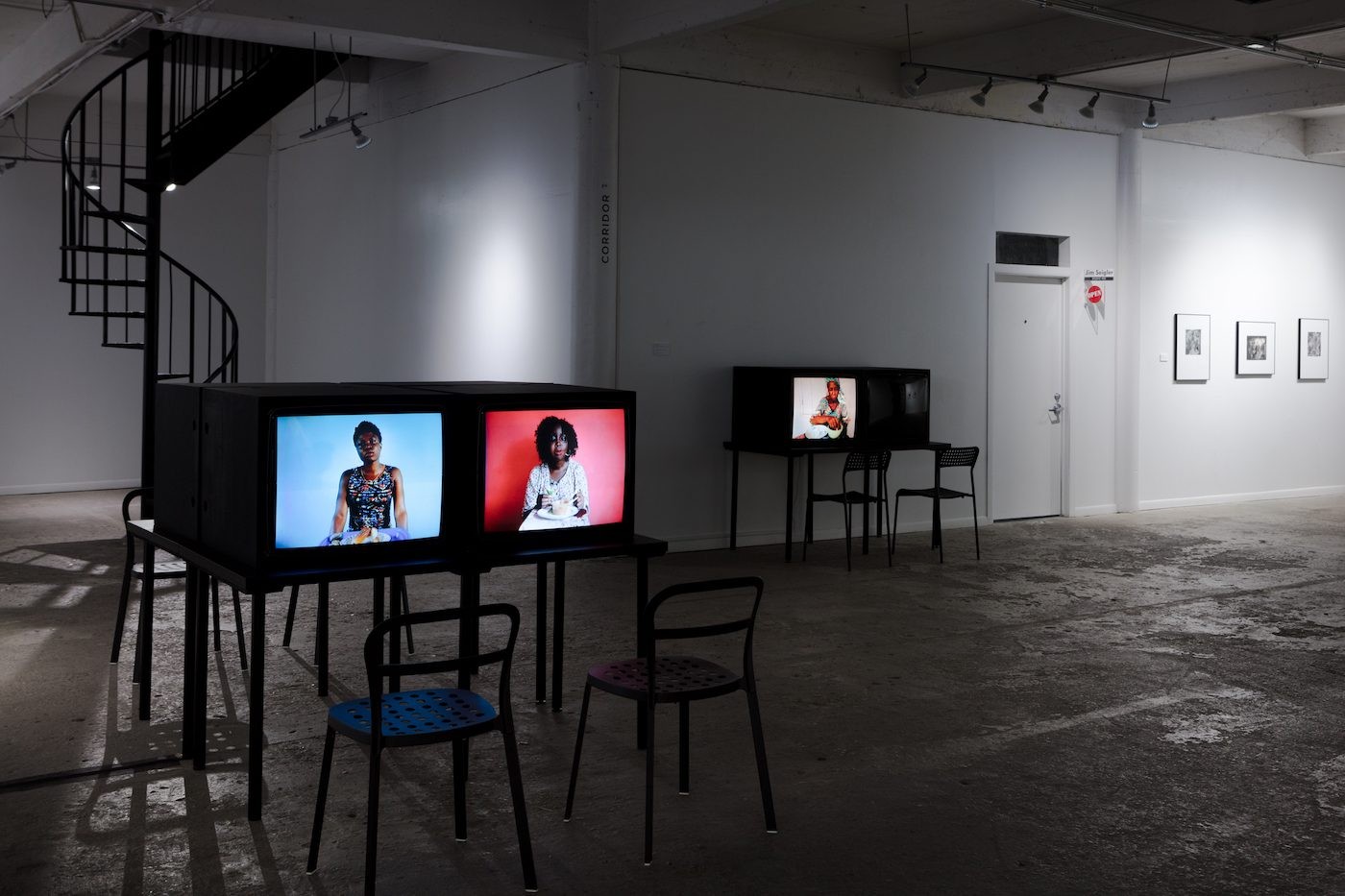A Photographic Reflection on the Self and the Other
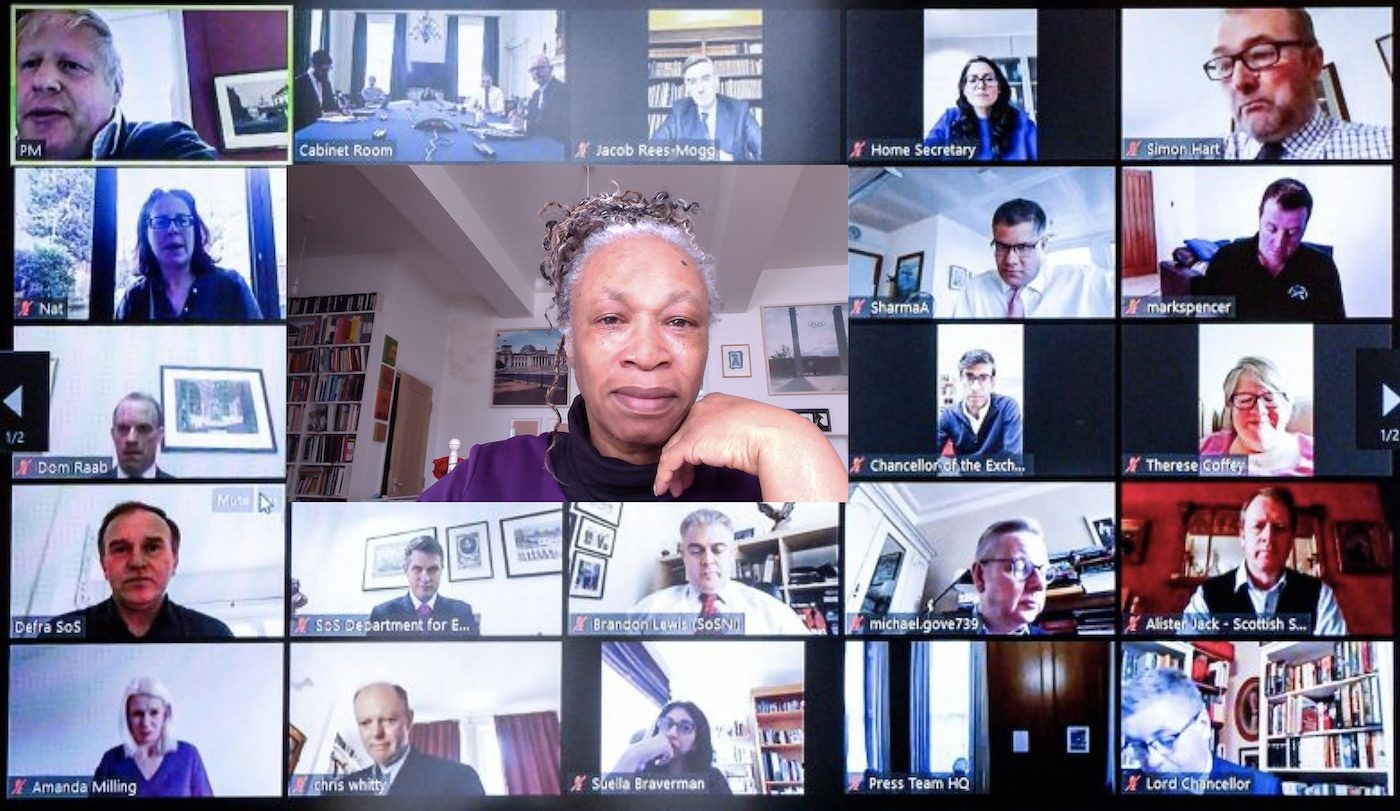
01 February 2022
Magazine C& Magazine
Words Sabo Kpade
6 min read
In a recent exhibition, the London-based photographic arts organization Autograph ABP addressed multi-perspective takes on Covid by British photographers.
The exhibition Care | Contagion | Community — Self & Other had begun as a series of solo online displays and later developed into a physical show. The show ran for five months at London’s Autograph gallery and featured British artists such as Mohini Chandra to Othello De’Souza-Hartley. The curators, Mark Sealy, Renée Mussai, and Bindi Vora, had wanted to visualize the culmination of various artistic and curatorial inquiries into how the UK’s minority communities have been dealing and living with the impact of Covid and the related lockdowns since March 2020.
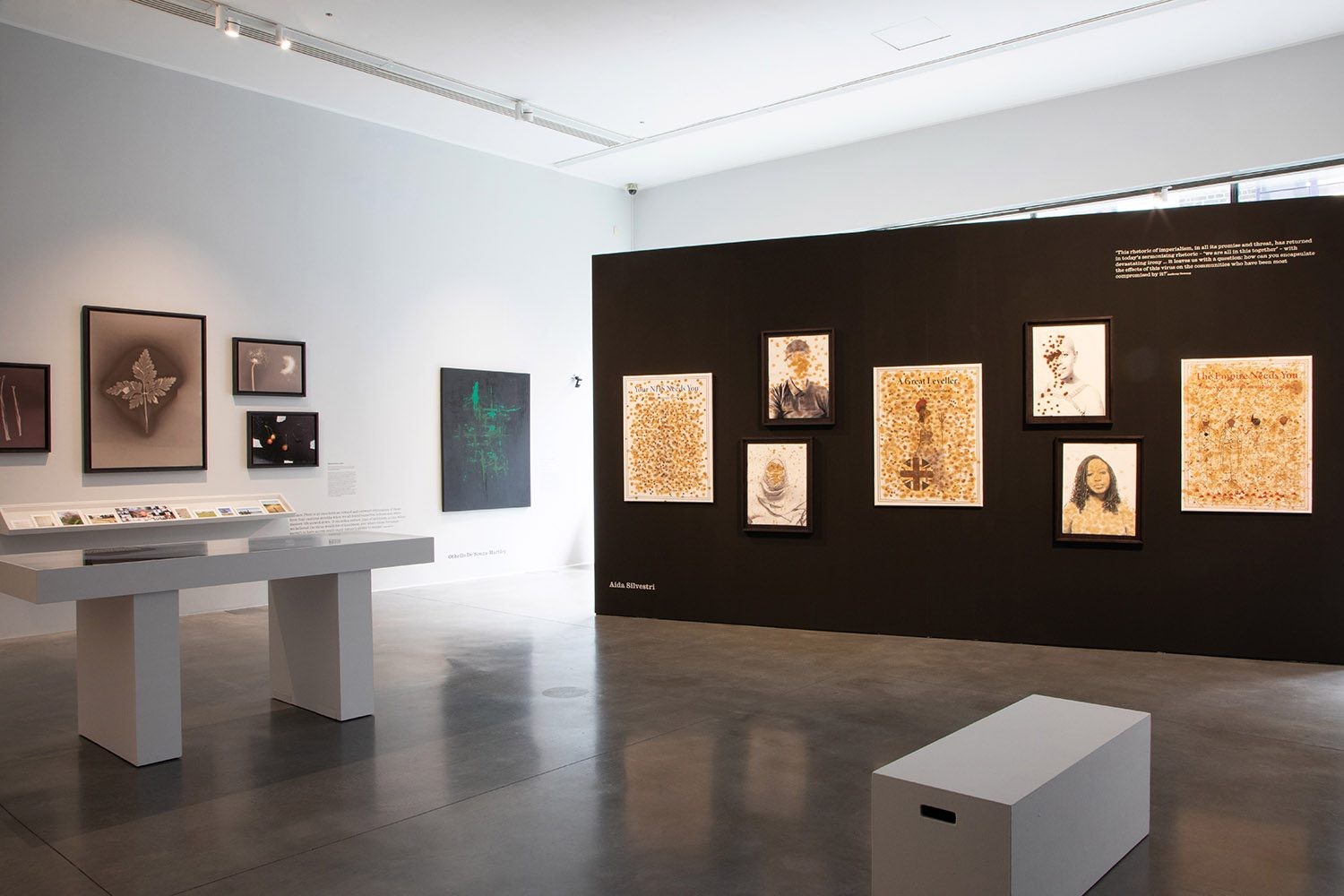
<figcaption>Care | Contagion | Community — Self & Other, Installation view. Courtesy Autograph London.
“You get a mosaic when you bring a group of people together, don’t you?” Sealy told me in December 2021 via a Zoom call. The director of Autograph explained that the show lasted for over five months because they felt as though it needed time. Time itself is a recurring theme for Sealy. His most recent book is titled Decolonising the Camera: Photography in Racial Time. “Time is a bandit, isn’t it?” he said. “It just robs you. And in the exhibition I wanted to kind of untax time, and let the work, literally, breathe.” The result of the curatorial group’s approach was indeed a mosaic of interpretations and meanings.
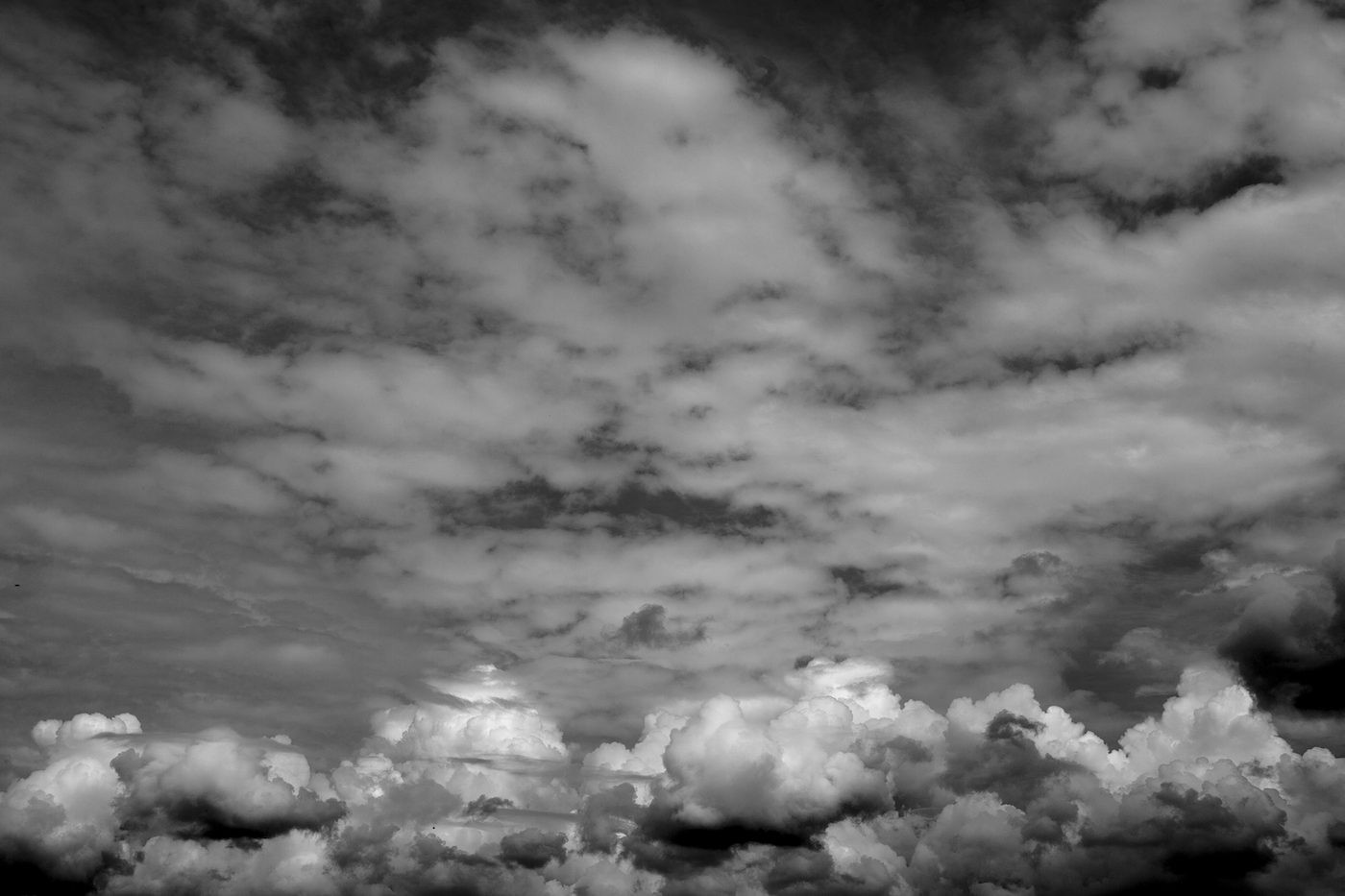
<figcaption> Sonal Kantaria, Varda, from the commission Ghar, 2020. Commissioned by Autograph for Care | Contagion | Community — Self & Other © and courtesy the artist
Sonal Kantaria's work draws oblique connections between her activism for Aboriginal land rights, the “hyper awareness” she had to develop towards Australia’s unique geography, and her familial roots in Hertfordshire. In the catalogue, the artist says that another aspect of her work concerns the finitude of life, and refers to the huge numbers of Covid-related hospitalizations and deaths. Titled Ghar (2020), Kantaria’s series of images consist of black-and-white panoramic landscapes emphasizing vast open skies gridded by the solid properties of land and vegetation. The work signaled her shift from activism in care for the elderly to self-care, and from a focus on the UK’s Asian communities to her own immediate family.
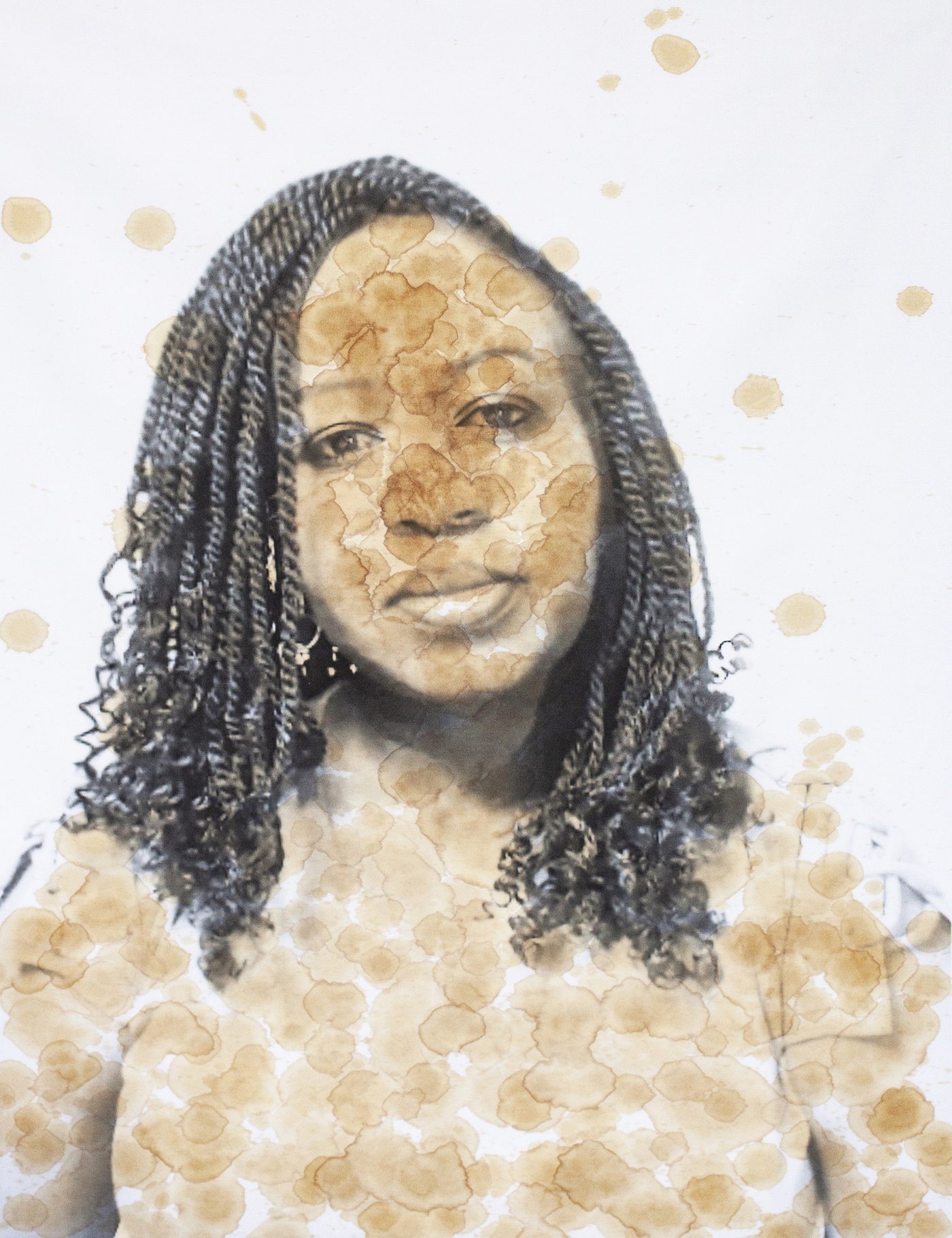
<figcaption> Aida Silvestri, Tobacco, from the commission Contagion: Colour on the Front Line, 2020. Commissioned by Autograph for Care | Contagion | Community — Self & Other © and courtesy the artist
The pandemic and concerted efforts to combat it are unprecedented in recorded history, but specific aspects of the UK’s crisis management are reminiscent of past campaigns by its governments, such as campaigns to boost the numbers and morale of its soldiers and non-combat staff from colonies in Africa and Asia during World War II, and post-1945 campaigns to rebuild the country and its National Health Service (NHS) accelerated by immigration from the Commonwealth. Aida Silvestri’s work interrogates this narrative in British history. It serves as a timely reminder that though foreigners have been welcomed in desperate times or during conflict, says Sealy, at other times there is a “hostile reception to them, especially when the host nation encourages its citizens to see the Other then as the main source of threat.”
Silvestri’s inquiry is focused on shared experiences and “different economics of cultures.” One set of images are full face portraits of Black and Asian women (Tobacco, 2021 and Sugar, 2020). A second set are mock-up posters of campaigns by successive UK governments eliciting workers from its former colonies (The Empire Needs You, 2020) and for its health service (Your NHS Needs You, 2021). The images are splashed with sugar, tobacco, pigment, and coffee, which Silvestri says in the exhibition catalogue signify the “representational tonal spectrum” of the UK’s minority communities. The posters work well as indictments of imperial might. But don’t the splotched coffee and tea stains over the faces and bodies of Black and Brown folks bring contagion closer to the figure? “I think that is a really important question,” says Sealy, when I ask. “The idea of contagion is about closeness and it is about the proximity of these relationships that this work talks about.”
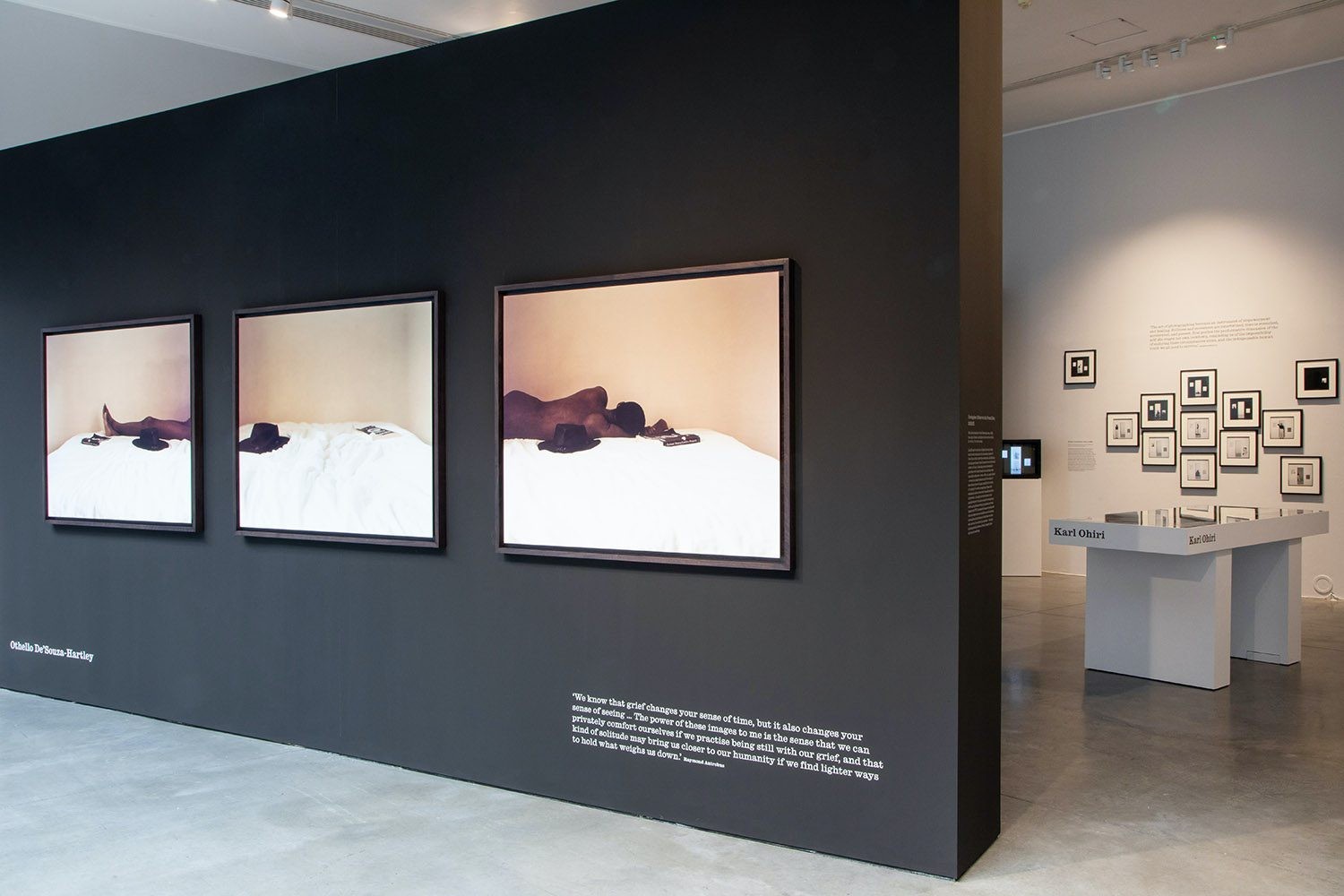
<figcaption>Care | Contagion | Community — Self & Other, Installation view. Courtesy Autograph London.
Closeness and proximity are integral to the entire exhibition. The respective works of Othello De’Souza-Hartley and Silvia Rossi incorporate auto-portraiture. De’Souza-Hartley’s Absence (2021) is a triptych showing the artist lying in bed with his face turned away from the camera, and his absence. The top and bottom halves of his body occupy the side panels, while the mid-panel is body-less but repeats the placement of a large soft-cover book (Profound Honesty Limitless Prosperity) and fedora hat that is present on all three panels. Rossi’s series of prints Neither Could Exist Alone (2020) captures the artist through the windows and door of a skeletal room designed by herself and constructed by her father in Italy.
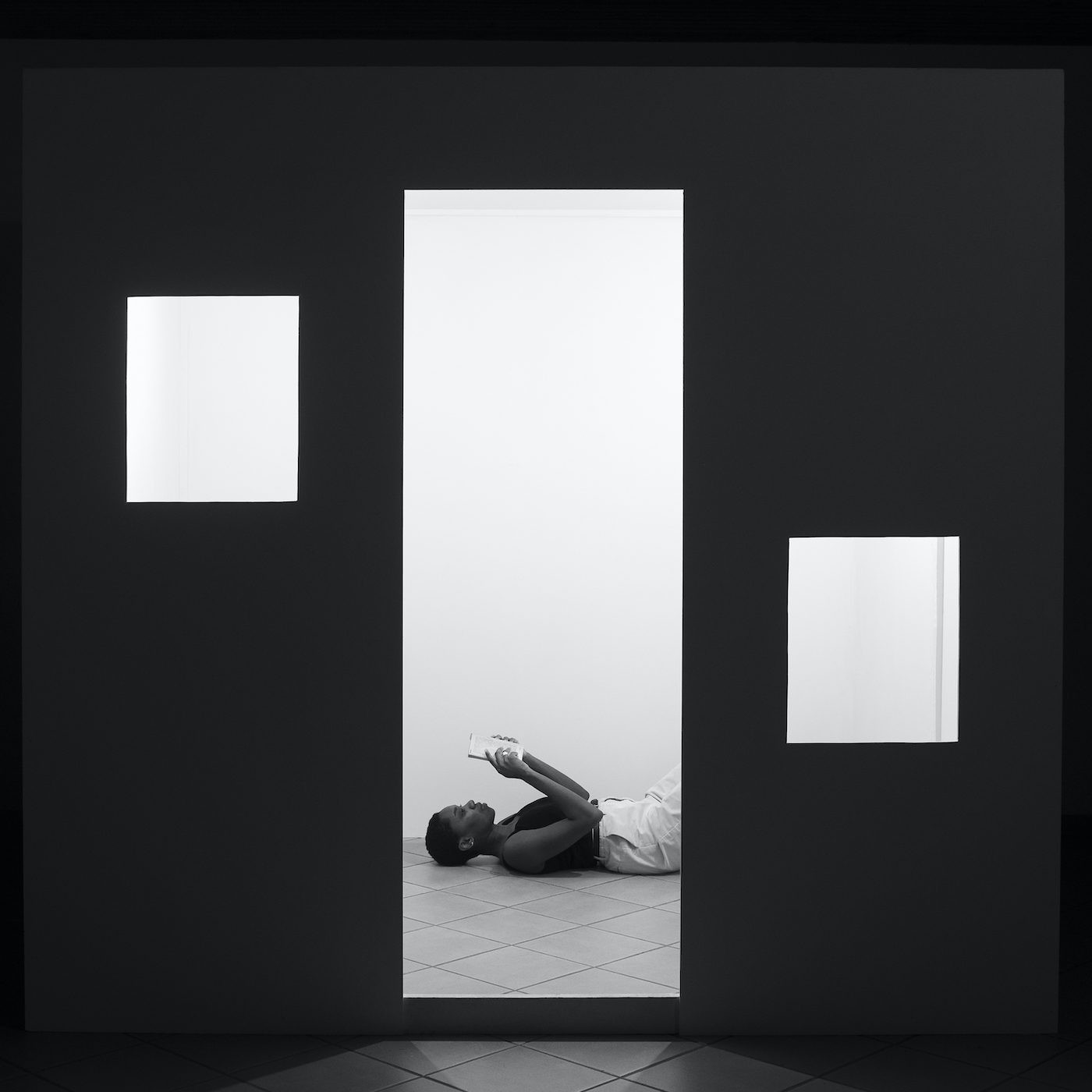
<figcaption> Silvia Rosi, from the commission Neither Could Exist Alone, 2020. Commissioned by Autograph for Care | Contagion | Community — Self & Other © and courtesy the artist
Both De’Souza-Hartley and Rossi have created memorable evocations of solitude and uncertainty. The emphasis on the self and the figure makes for easy identification by the viewer who is likely to have endured periods of Covid-related isolation. Did the curators worry that such immediacy might de-prioritize the non-figurative works in Care | Contagion | Community? “Yes, this sense of loneliness of course played an important part,” says Sealy. Rossi’s images are interpretations of confinement and caution, while De’Souza-Hartley’s triptych is a lament for grief. The suggestion of the loss of a parent during a pandemic-stricken year amplifies a sense of loss, confusion, and isolation. In Sealy’s own words, this is a show of artistic tenacity and bravery.
Asked why photography might be a medium better than, say, painting or sculpture to respond to a global pandemic, Sealy’s response is emphatic: “it is not better than, it is suitable for.” He acknowledges the power of painting and other media, but places a high value on photography’s “particularly observational quality” - I read this as a polite defense of a clear favorite.
Sabo Kpade is a culture writer from London.
Read more from
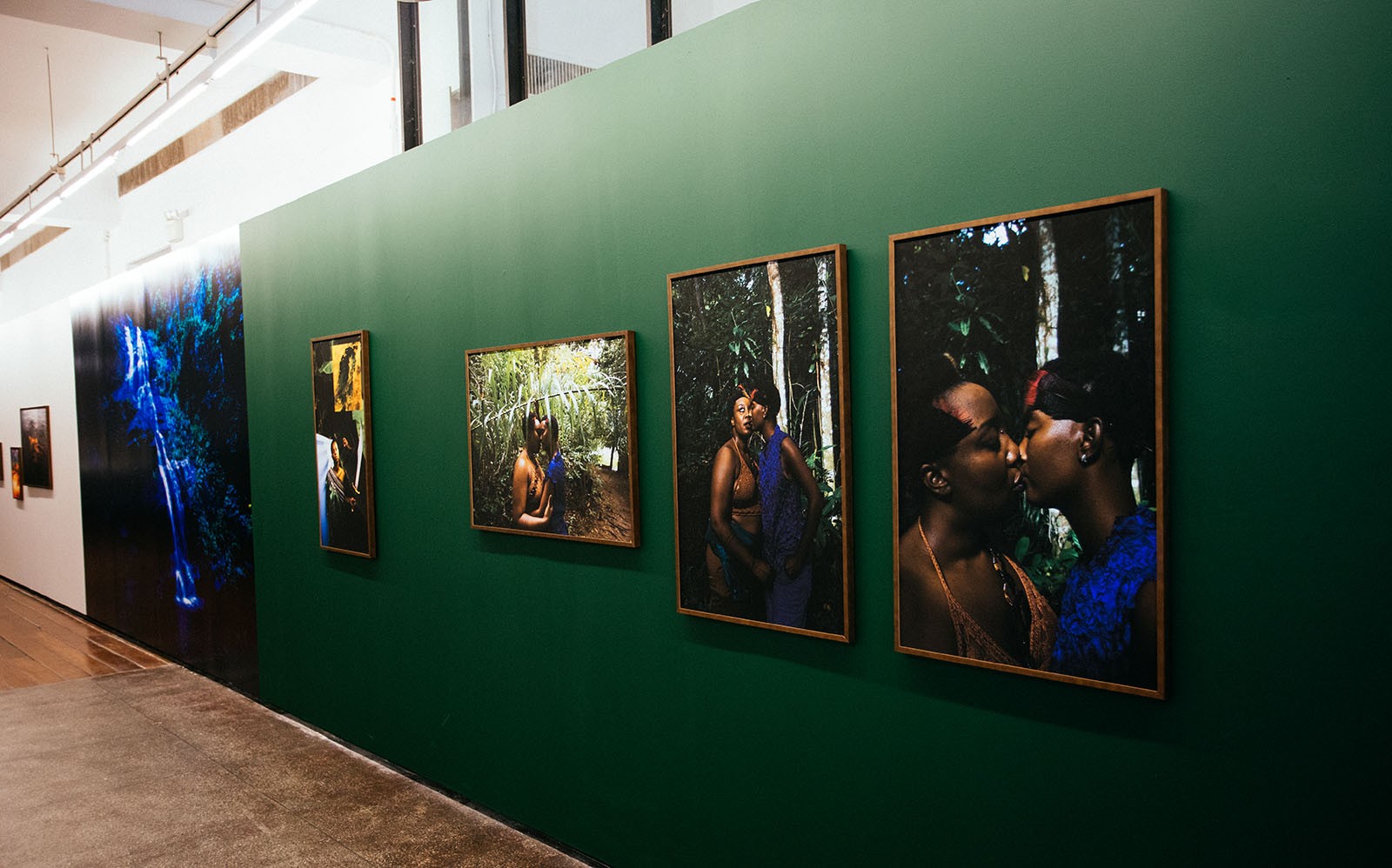
Flowing Affections: Laryssa Machada’s Sensitive Geographies
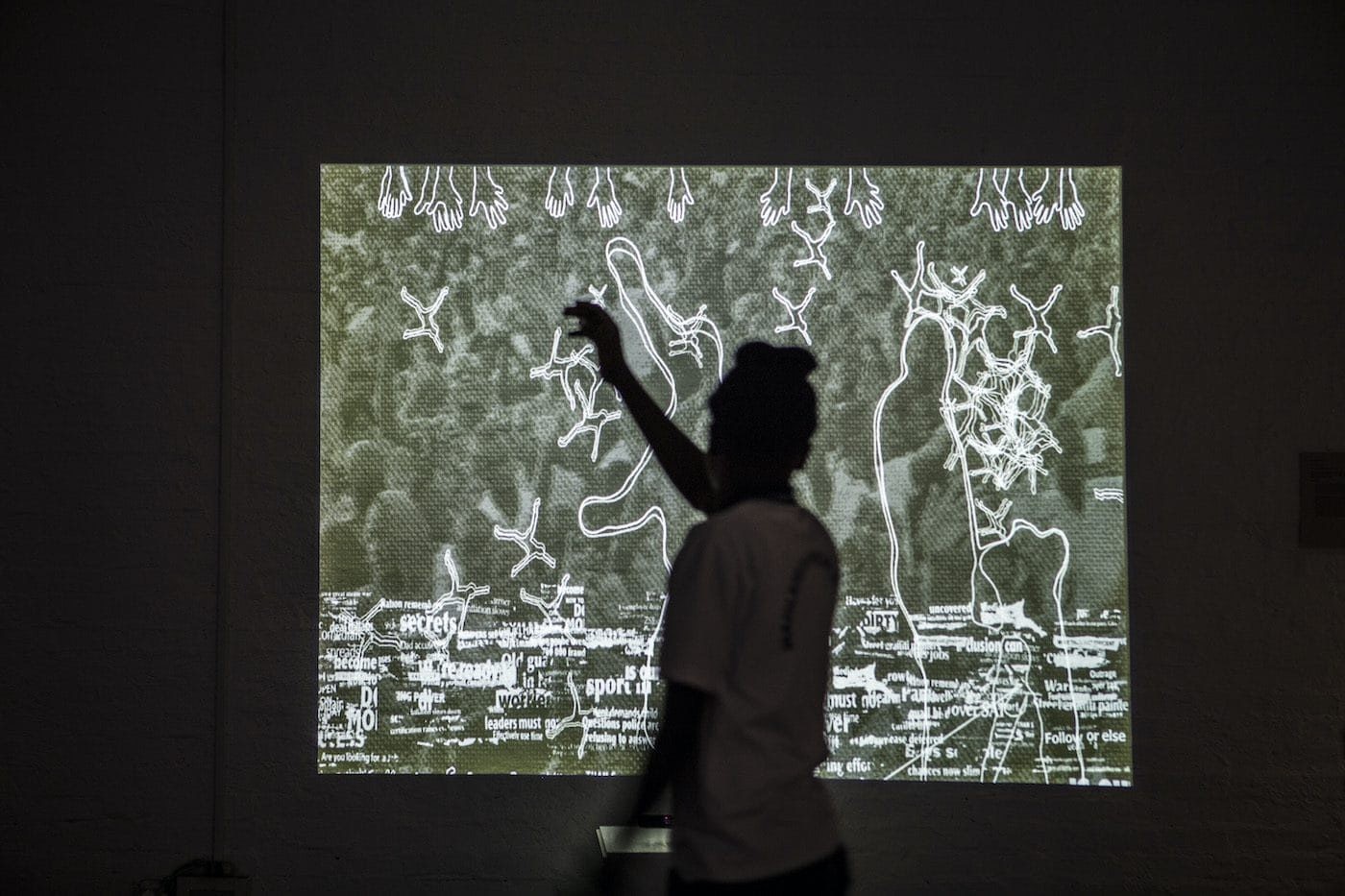
Kombo Chapfika and Uzoma Orji: What Else Can Technology Be?

Cabo Verde’s Layered Temporalities Emerge in the Work of César Schofield Cardoso
Read more from
